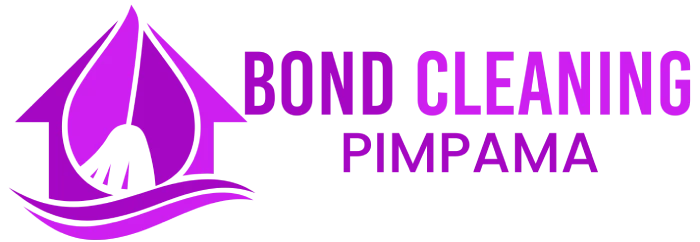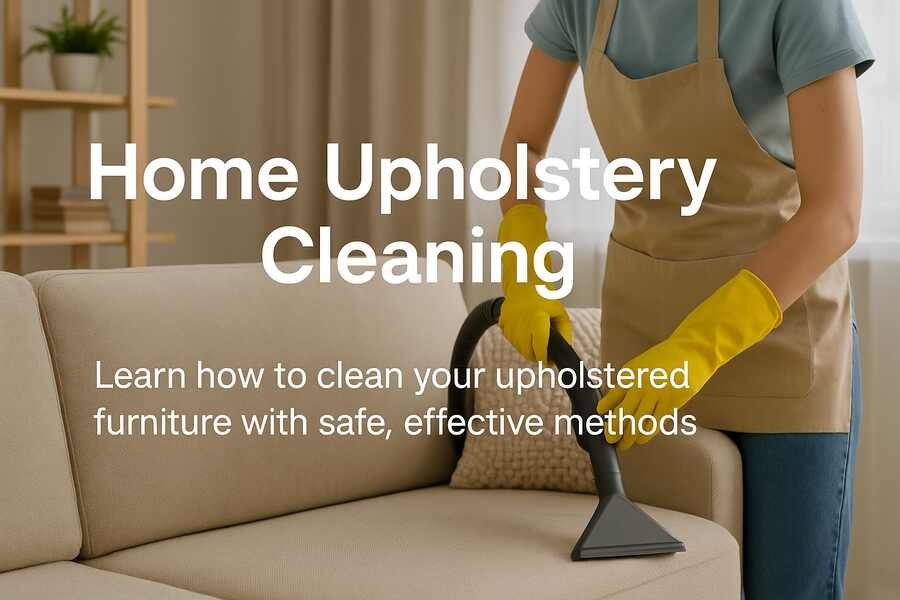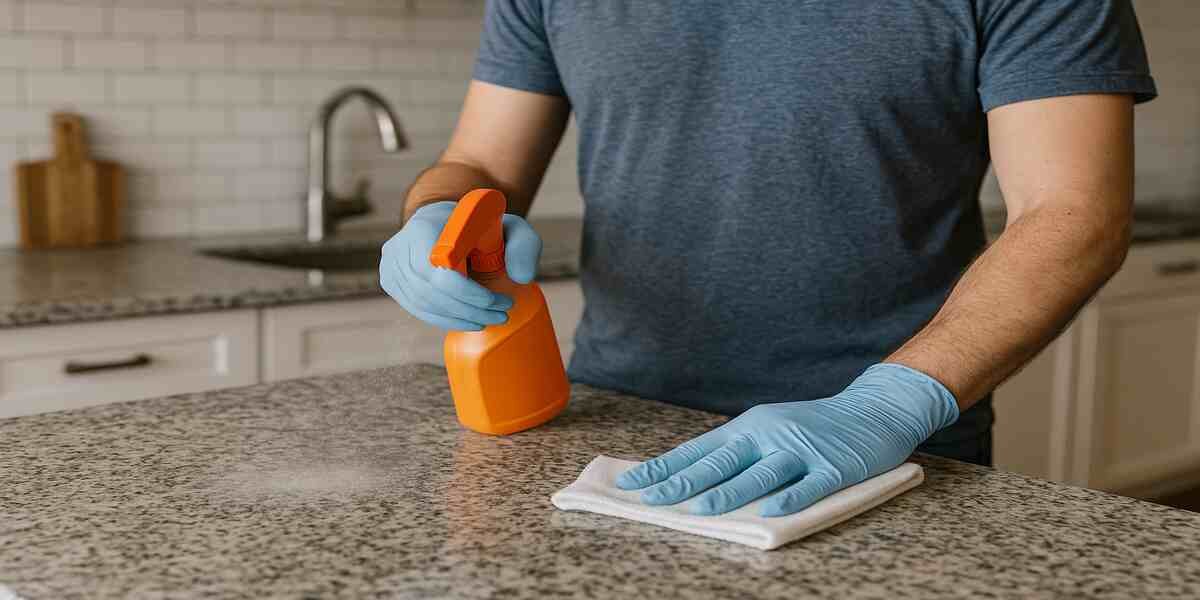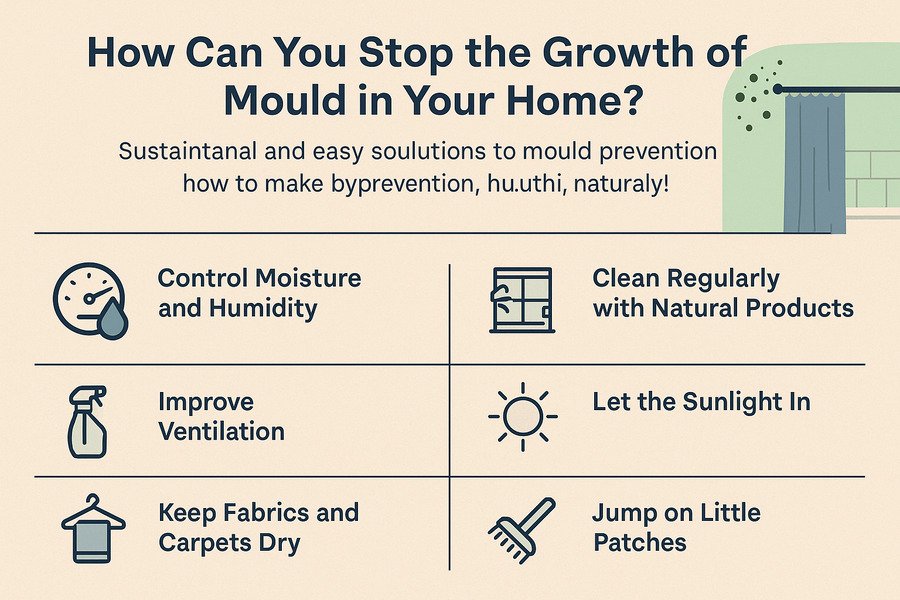Ten Ways Your Bathroom Cleaning Is Wrong

10 Ways Your Bathroom Cleaning Is Wrong
Are you sure your bathroom is a squeaky-clean bathroom? Are you scrubbing in every corner, spraying all appropriate products and looking back admirably at your shiny tiles and the smelling air? Hold on, now, supposing you are doing it all wrong? As remarkable as it may seem, even the most thorough cleaners often make an error, letting something that leaves behind germs, grime, or even destroys in the long run.
Whether it is missing some important spots, utilising the wrong equipment or combining hazardous chemicals, there are more than a few ways the state of affairs is not very calculated with your clean-up practice when it comes to cleaning your bathroom. Don’t worry, however, you are not the only one, and we are here to the rescue.
Tips To Clean The Bathroom In Right Way?
This blog will unveil ten popular bathroom cleaning errors that are made subconsciously by individuals. When you are moving out of your rental house, get professionals to do the finest Bond cleaning Pimpama. They are competent to give the property back in pristine, clean condition before your landlord checks in on it. It is time to change your habits, debunk some myths about cleaning, and discover how you can make your next washroom activity not just effective but also safe.
1. Cleaning Bathroom Surfaces All with Multipurpose Cleaner
It is just too easy to use one multipurpose cleaner on everything in your bathroom; however, not everything is equal when it comes to surfaces. The granite countertops, the glass shower doors and the ceramic tiles require various care. Taking an example of stone surfaces, using an acidic multipurpose spray may end up damaging the surface during its use. Whenever cleaning anything, it is always advisable to use specialised cleaners such as glass cleaners, non-acidic sprays in the case of natural stone, and tile cleaners when dealing with walls and floors.
2. Washing the Plastic Shower Curtain
It is not only tiring to scrub a plastic curtain, but also useless. Rather, put it in your washing machine. Put it in a cup of white vinegar and some mild detergent, and leave it to soak for an hour, and run it through a gentle wash. The natural acidity of white vinegar dissolves soap residues, mould, and mildew, hence cleaning your curtain fresh and clean without straining your arms.
3. Cleaning Agents Amidst Immediacy Pits Removal
Do you spray and wipe for a few seconds? That is among the greatest blunders to clean the bathroom. Cleaning products require dwell time so that filth, staining, and germs can dissolve in a couple of minutes. Use labels and allow products to stand for at least 10 minutes, then wipe them off. This makes it clean at a deeper level and in the correct way, and places special focus on the surfaces that are touched more often, such as taps, sinks, and countertops.
4. Failure to Apply Degreaser on a Bathtub
Are you encountering difficulty with soap scum, mineral build up or even water rings in your bathtub? A normal cleaner cannot do the trick. A degreaser is important to dissolve the greasy residue that the soaps, oils, and minerals leave. Thicken it up, leave on for a few minutes, and scrub up: then wash down with a piece of rubber until it looks clean and clear. It will save your time and will make your tub shine.
5. Chafing Bathroom Tiles
Vigorous scrubbing of tiles may roughen up grout, scratch the tiles and make work more difficult as time goes on. Mr. Cleaner can do it. Put on the proper product, leave it to dry and then wipe off using a soft-bristle brush or cloth. You will not only keep the integrity of the tile but will also get the grime off conveniently.
6. Powerlessness on the Impact of Bleach/Limescale Products
The answer is yes, dwell time is important, but not for all products. Bleach and limescale removers are quite aggressive, and they are likely to damage bathroom appliances in case they are not emptied at the right moment. Faucets, taps, and the showerheads, in particular, are at risk. Always check the instructions of these products and obey the suggested time. Too much usage or excessively long contact may cause pitting, discolouration, or even corrosion.
7. Failing to dry the toilet brush
A moist toilet brush encourages the growth of bacteria and foul odours. Once you scrub your toilet, do not put the brush back in the holder. Air dry and place it between the seat and the bowl, or hang it up on a hook that is specially designated hook. This will make sure that you do not allow the accumulation of germs, and your bathroom will be cleaner.
8. Keeping to the One Rag on Every Surface
Even when you use fantastic cleaning supplies, the problem of cross-contamination is severe. Wiping down the toilet, sink, mirror and shower with the same cloth or sponge is a way to transfer bacteria to other places. Apply clothes of different colours or even clear labels to various surfaces and change them or sanitise them, so transfer of bacteria does not occur.
9. Applying Caustic Drain Cleaners
Caustic drain cleaners are not slow but all too harsh, and can destroy your pipes–particularly in the event you have PVC plumbing. The two chemicals can decay materials, and eventually they can release poisonous gas. Put something lighter down the drain,e.g. hot water with baking soda and vinegar. It works on small clogs and it is non-harming to your pipes and to the environment.
10. Failing to Do What the Toilet Behind One Does.
You clean up every bit of exposed area of your bathroom, including the toilet. Yet have you ever scrubbed behind your toilet? Behind your toilet, there are built-up mineral deposits, urine and other stains. Instead of skipping this area, it is good to wipe it with a paper towel and clean and disinfect this area. Allow the solution to settle, then get rid of the error using a clean paper towel.
Wrapping Up
Your bathroom should also be cleaned smartly rather than working hard. These are ten common mistakes that you need to avoid by making a couple of minor changes to your routine so that you can save time, fixtures, and enjoy a healthier environment. Thus, the last time you dunk your spray bottle or sponge, the thing is, do I do it properly? Otherwise, you now know how to repair that!



